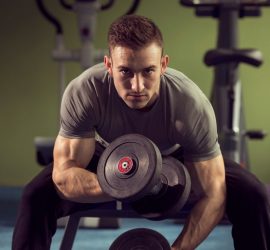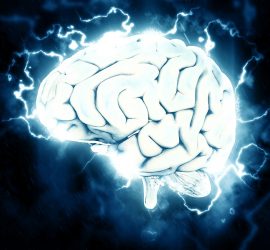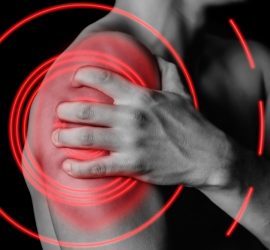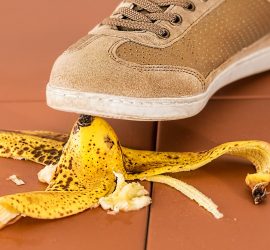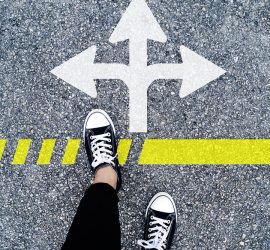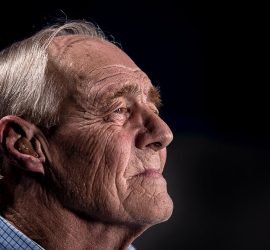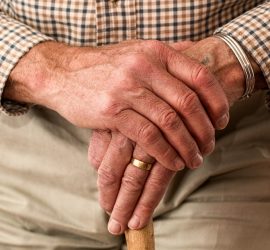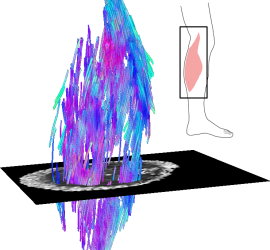Strength training improves the nervous system’s ability to drive muscles 2
Imagine that the New Year has just begun. You’ve made a resolution to improve your physical fitness. In particular, you want to improve your muscle strength. You’ve heard that people with stronger muscles live longer and have less difficulty standing, walking, and using the toilet when they get older (Rantanen […]

